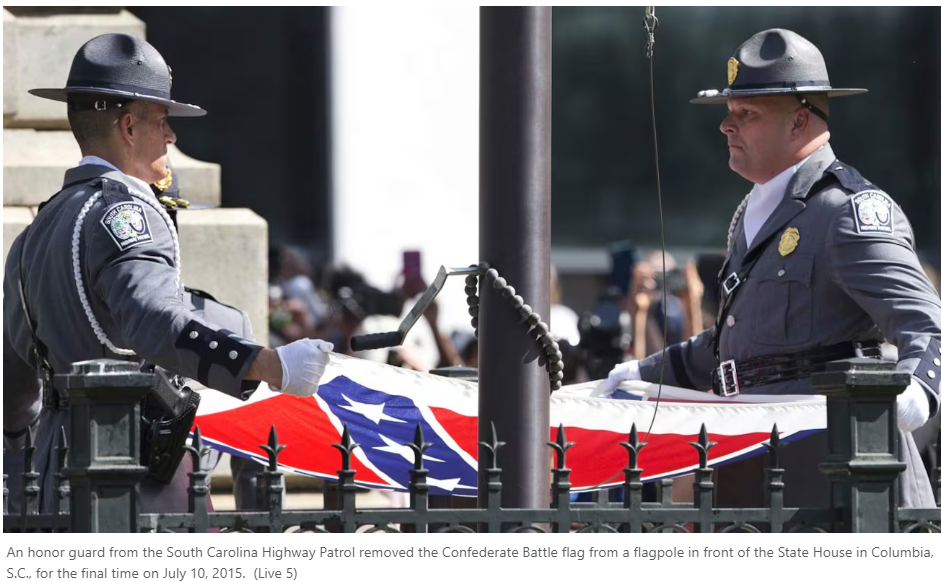Although “Mathew Brady: Portraits of a Nation” is billed as a biography, it actually reads as a by-now familiar story of technological innovation and entrepreneurship, parallel in an eerie way to the communication revolution we are experiencing in this Internet age.
Early on, author Robert Wilson makes this point explicit, that the development of the daguerreotype, followed by the photograph, “made the world a more knowable place, a revolution in human knowledge comparable to the invention of movable type or the Internet.”
Though Brady is best known for his iconic Civil War photographs, Wilson portrays him not as an artist or journalist but as a businessman motivated mostly by his desire to get every dime out of this new technology. Indeed, Wilson acknowledges P.T. Barnum as an influence on Brady — his “American Museum” was within sight of Brady’s first studio in New York City.
Before I read this book, I envisioned Brady as an intrepid pioneer, tramping around the battlefield with his primitive equipment at great personal risk. After reading this book, I see Brady more as a 19th century version of Twitter’s co-founder, Biz Stone, or Facebook’s co-founder Mark Zuckerberg, with a business model that ended up spanning the 20th century (think Olan Mills).
Part of the problem with Brady as a biographical subject, Wilson admits, is that there are hardly any primary source documents related to Brady. He was only interviewed twice, by journalists, toward the end of his life and gave conflicting stories.
Wilson copes by digressing throughout the book; close to the beginning, for example, there is an interesting, concise overview of the development of the primitive daguerreotype in the late 1830s. By 1844, Brady had already opened his studio. By 1849, he was traveling to Washington, D.C., to photograph President James Polk and President Zachary Taylor at the White House.
Indeed, it was Brady’s Washington ties that led to his most famous association — photographing Abraham Lincoln and the unforgettable soldiers of the Civil War.
Wilson states throughout that the only reason Brady gravitated to famous politicians and generals was so that he could hang their photos in his waiting room to impress the average tourist who also wanted a portrait. Even photographing the Civil War soldiers was seen primarily as a money-maker.
In a memorable chapter focused on the early Battle of Bull Run, Wilson points out that, while no Brady photos from that battle have ever been produced, Brady was apparently there with his photographic team. The one photo that does exist is a self-portrait of Brady, taken the day after the battle, and seems to suggest, as Wilson describes, that Brady was dressed up like a French landscape painter for the event.
He never again went as close to battle. Indeed, Brady’s huge influence may have been accomplished quite unwittingly — whatever his motives were for exhibiting the gruesome Antietam images in his Broadway gallery, he provided a “turning point in the portrayal of war.”
Wilson’s well-written portrait suggests a man who found himself in the right place at the right time.
Lucky for us, he had a camera.
–William Kist, cleveland.com



